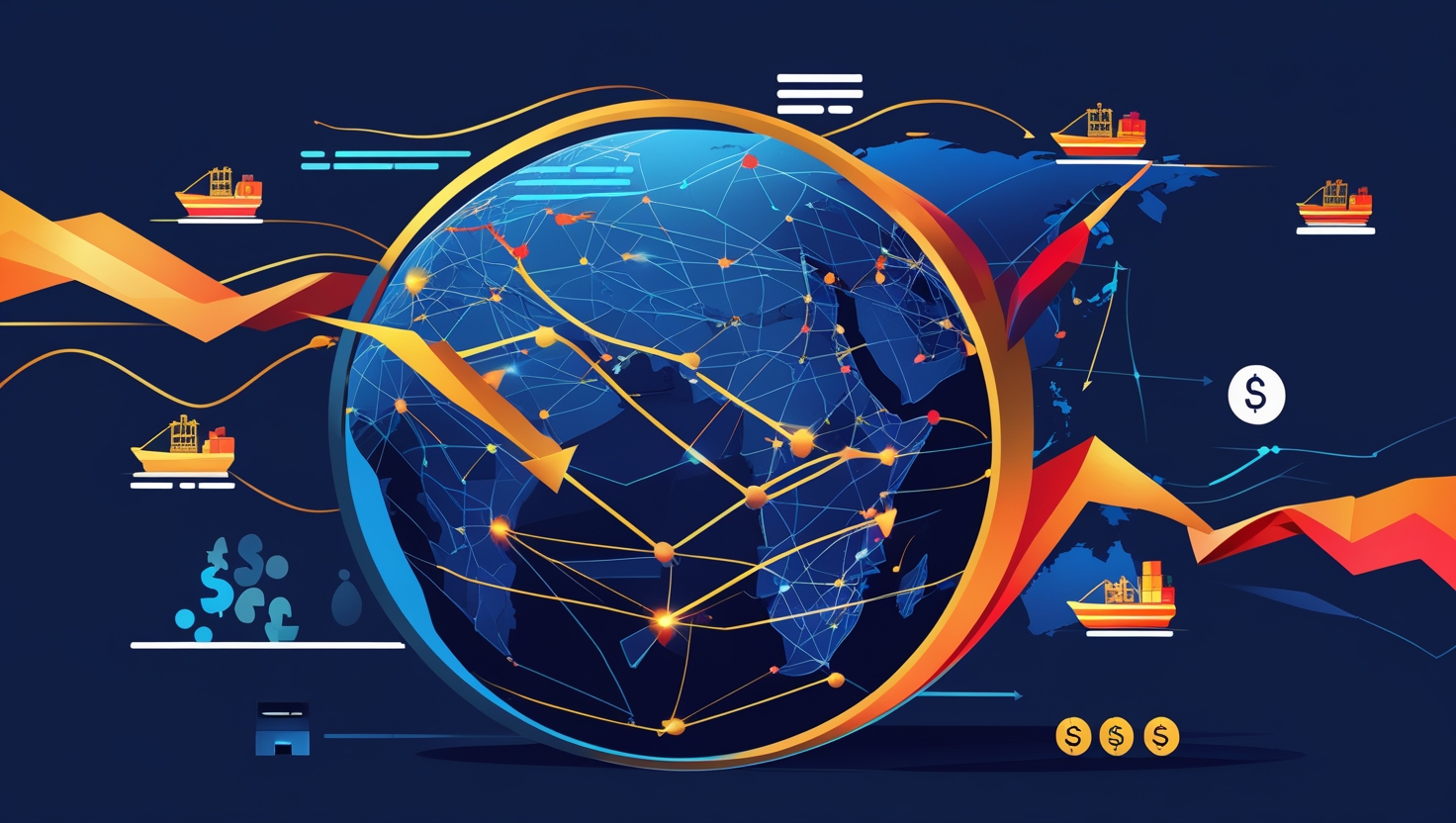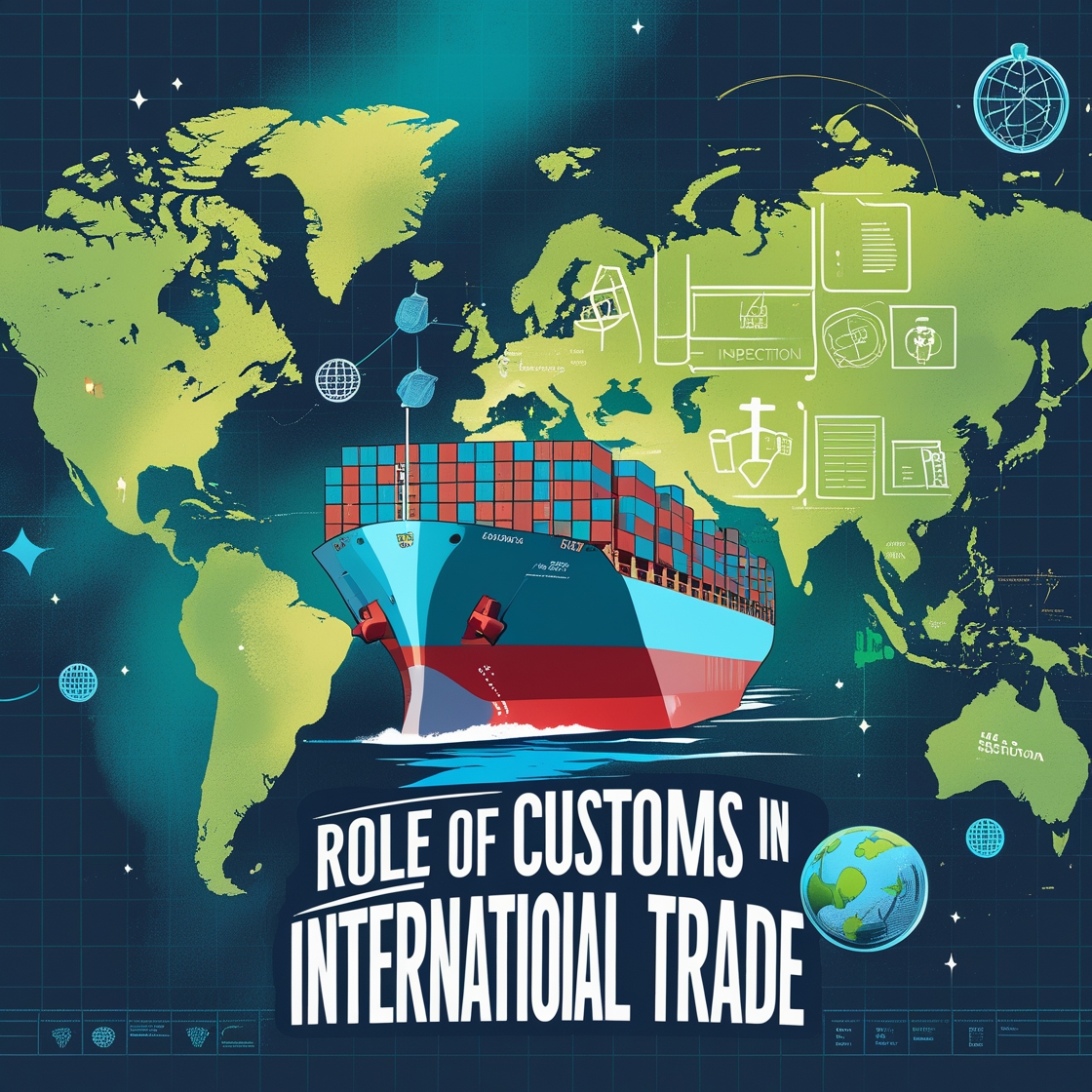International trade has become the centerpiece of the global economy. Exchanges of goods and services along with monetary transfers take place in international trade. Governments come up with rules to profit from lucrative trades. That’s where trade tariffs come in. These tariffs are imposed on exports and imports of goods and services. Imposing tariffs highly influences the trade system. Generally governments impose trade tariffs to stimulate their domestic growth by reducing imports. But this does have a rippling effect from producers to consumers and also on geopolitics. Here we will discuss the impact of tariffs on international trade.
Tariffs and Their Purposes
Tariffs are taxes imposed on importers and exporters to achieve significant gains from the international trade for government spendings. There are a few key reasons for tariffs. Some of the reasons are:
- Priority to Domestic Industry: One of the most important aspects of tariffs is to stimulate domestic production and growth. Usually the government imposes a high amount of tax on foreign imported goods. This makes the cost of the imported goods in the domestic market significant. As a result, domestic producers can compete better by offering products cheaper than the imports. This protects the domestic producers.
- Revenue Source: Underdeveloped and developed economies earn a substantial amount of government earnings from tariffs. These economies usually impose high tariffs on trades.
- Trade Balance: Imposing tariffs can lead to less import of foreign goods. As a result a country has to spend less on importing goods and services. This greatly helps in reducing trade deficits.
Impact of Tariffs on Economy
Higher Cost for Consumers and Businesses
The first effect of tariffs is higher prices for products. Even though the tariffs are imposed on businesses, consumers have to bear the brunt of its effect. Businesses will charge more to make up the extra cost added by tariffs. Moreover the increase in tariff rates affects not just a single industry but multiple industries at the same time.
In 2018, the US imposed a 25% tariff on imported steel. This had a broader influence on the industry in general. Those industries that required steel, their cost of operation went high by a good margin. Automotive and construction are among the industries which had a rise in cost of production due to increased price of steel. Estimates from one study of the Peterson Institute for International Economics note that an 8 percent price increase occurred to domestic steel owing to an imposed tariff, which affected mainly small- and medium-scale companies rather than large firms.
A study by the National Bureau of Economic Research in 2018 estimated that, due to the trade war between China and the US, consumers had to pay an additional $419 per month for goods. So, it goes without saying that the sufferers of extra tariffs by governments are the consumers.
Global Supply Chain Disruption
Globalization has brought countries closer and interconnected businesses and economies. Global supply chain has been established keeping efficiency in mind. This has made doing business overseas easy and cost effective. But higher tariffs mean businesses have to up their cost. This results in businesses looking into alternative sources for products and services.
Following the trade war, the US, in 2018, cut trade with China by 10 percent. According to the Bureau of Industry and Security, the US exports reached $106.6 billion worth of goods, a decline of 11.3% compared with the previous year. In the same period, China also exported $452.2 billion worth of goods to the US, down 16.2 percent from the former year.
As countries moved away from China, large businesses started shifting their manufacturing to other countries like Vietnam and Thailand. In 2019, the United States International Trade Commission reported a 35.6% growth in imports from Vietnam, reaching as high as $66.7 billion compared with the previous year.
Retaliation and Trade War
Imposing tariffs not only just impacts the businesses but also affects the country’s economic growth. This leads to retaliation to preserve the economic balance. A great example of it is the US and China trade war since the first Trump administration.
According to Moody’s Analytics the trade war resulted in a loss between 0.3% to 0.7% for the US. The most recent study by the Federal Reserve Bank of New York and Columbia University found that the trade war caused $1.7 trillion loss in stocks for the US market.
The edge of tariffs, regarding international trade, is dual. Whereas on one side, they generate government revenue and protect domestic industries, on the other side, this may lead to supply chain disruption, trade wars, and slow economic growth. Another downside of tariffs is that they increases the load on the consumers. Policymakers should implement tariffs that are beneficial to the economy as a whole.


